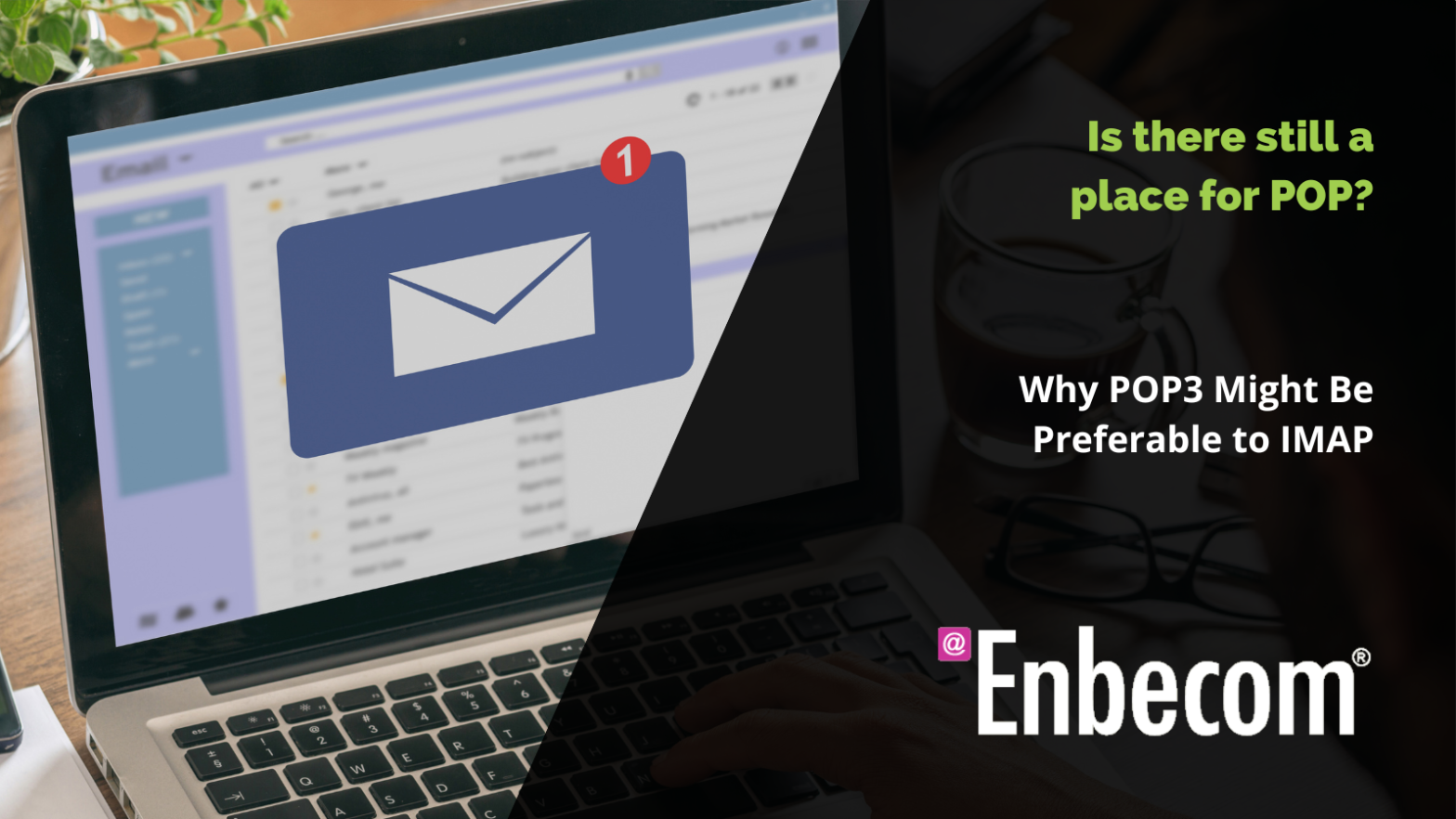Understanding POP3 Email Protocol
The Post Office Protocol version 3 (POP3) is one of the oldest and most straightforward email retrieval protocols. Developed in the early 1980s, POP was designed to support offline email processing. It allows users to download emails from a server to their local device, and then manage them even without an active internet connection.
A Bit of History
POP3, the third version of the Post Office Protocol, emerged as an evolution of its predecessors. The protocol’s simplicity made it immensely popular in the early days of email when internet connectivity was less stable and more costly. Over the years, it has been updated and secured but maintains its original purpose and straightforward functionality.
Why POP3 Might Be Preferable to IMAP
While the Internet Message Access Protocol (IMAP) is more modern and offers greater flexibility, there are scenarios where POP3 might be more suitable:
- Offline Access: POP3 downloads emails to your device, allowing access to your messages without an internet connection.
- Local Storage Management: Since emails are stored locally, you have more control over how your data is stored and managed.
- Bandwidth Considerations: POP3 is beneficial in areas with limited or expensive internet access, as it requires less bandwidth after the initial download of messages.
- Security: Storing emails locally reduces reliance on the security of remote servers, an important consideration for sensitive information.
Conclusion
Despite the rise of more complex email protocols, there is still a place for POP3, especially in contexts where offline access, local storage management, and bandwidth limitations are key considerations. It’s important to weigh these factors against the advantages of more modern protocols like IMAP, which offers real-time access to emails across multiple devices.
At Enbecom, we recognise the unique requirements of different users. That’s why our hosting plans that include email support both POP3 and IMAP, ensuring that you have the flexibility to choose the email protocol that best fits your needs.

